Growing Chives at Home is easier than you might think, and I’m here to show you how! Forget those sad, wilted bunches at the grocery store. Imagine snipping fresh, flavorful chives right from your own windowsill or garden bed whenever you need them. Sounds amazing, right?
For centuries, chives have been a staple in kitchens around the world. Originating in Asia, these delicate, onion-flavored herbs have been used not only for their culinary properties but also for their medicinal benefits. From flavoring soups and salads to garnishing elegant dishes, chives add a subtle yet distinctive zest that elevates any meal.
But why should you bother with growing chives at home when you can just buy them? Well, for starters, homegrown chives taste infinitely better! Plus, it’s incredibly rewarding to nurture your own food. More importantly, think about the money you’ll save and the satisfaction of knowing exactly where your food comes from. In this article, I’ll share my favorite DIY tricks and hacks to help you cultivate a thriving chive patch, even if you have limited space or gardening experience. Get ready to unleash your inner gardener and enjoy the delicious rewards!
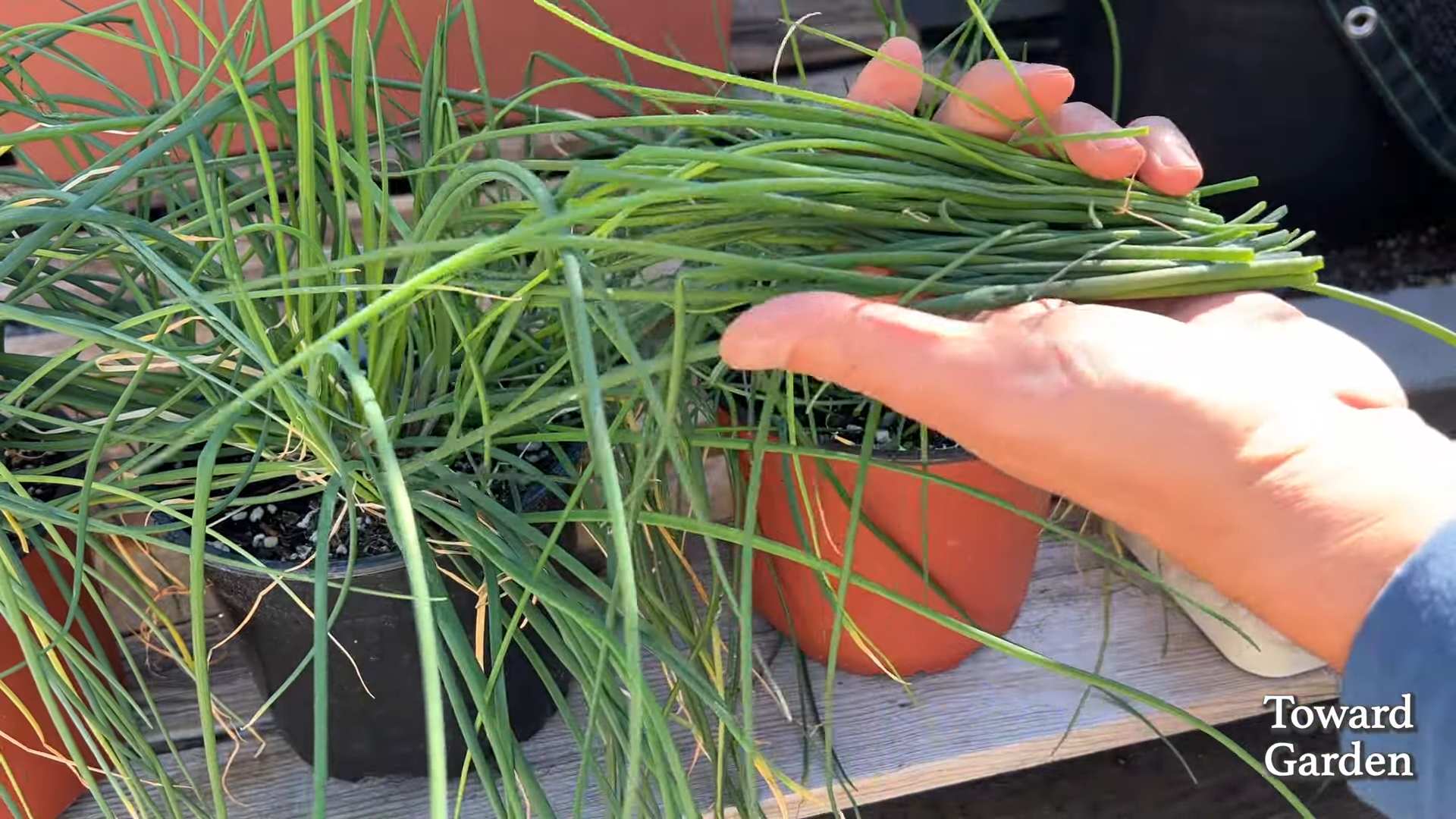
Growing Chives at Home: A Beginner’s Guide
Hey there, fellow plant enthusiasts! I’m so excited to share my experience with growing chives at home. It’s surprisingly easy, incredibly rewarding, and adds a delicious, fresh flavor to so many dishes. Plus, having a little patch of green in your kitchen or garden is just plain cheerful! This guide will walk you through everything you need to know, from choosing the right spot to harvesting your flavorful bounty. Let’s get started!
Choosing Your Chives and Location
Before we dive into the nitty-gritty, let’s talk about the basics: what kind of chives you want and where you’re going to put them.
* Types of Chives: The most common type is the common chive (Allium schoenoprasum), which is what we’ll focus on here. Garlic chives (Allium tuberosum) are another option, offering a milder garlic flavor. I personally prefer the classic chive taste, but feel free to experiment!
* Sunlight: Chives love sunshine! Aim for at least 6 hours of direct sunlight per day. If you’re growing them indoors, a sunny windowsill is perfect. If you don’t have enough natural light, consider using a grow light.
* Soil: Well-draining soil is crucial. Chives don’t like sitting in soggy conditions. A good potting mix works wonders for containers, and amending your garden soil with compost will improve drainage and fertility.
* Location, Location, Location: You can grow chives in containers (indoors or outdoors) or directly in your garden. If you’re planting in the garden, choose a spot that’s easily accessible for harvesting. If you’re using containers, make sure they have drainage holes.
Starting from Seed vs. Buying a Plant
You have two main options for getting your chive journey started: seeds or a starter plant.
* Seeds: Starting from seed is the most economical option, but it takes a bit longer. You can sow seeds indoors 6-8 weeks before the last expected frost or directly outdoors after the danger of frost has passed.
* Starter Plant: Buying a starter plant is quicker and easier. You’ll have chives ready to harvest much sooner. Look for healthy-looking plants with vibrant green leaves.
Planting Your Chives
Okay, now for the fun part: getting those chives in the ground (or pot)!
Planting from Seed
1. Prepare Your Seed Starting Tray or Pot: Fill your seed starting tray or small pot with a good quality seed starting mix. Moisten the soil gently.
2. Sow the Seeds: Sprinkle the chive seeds evenly over the surface of the soil. You don’t need to bury them too deep; about 1/4 inch is perfect.
3. Cover and Water: Lightly cover the seeds with more seed starting mix. Gently water the soil using a spray bottle to avoid disturbing the seeds.
4. Provide Light and Warmth: Place the tray or pot in a warm, sunny location or under a grow light. Keep the soil consistently moist, but not soggy.
5. Thin Seedlings (if necessary): Once the seedlings emerge (usually in 1-2 weeks), thin them out so that they are about 1-2 inches apart. This will give them enough room to grow.
6. Transplant (if starting indoors): Once the seedlings are a few inches tall and the weather is warm enough, you can transplant them outdoors into your garden or a larger container.
Planting a Starter Plant
1. Prepare Your Planting Area: Whether you’re planting in a container or in the ground, make sure the soil is well-draining and amended with compost.
2. Dig a Hole: Dig a hole that’s slightly larger than the root ball of your chive plant.
3. Remove the Plant from its Container: Gently remove the chive plant from its container, being careful not to damage the roots. Loosen the roots slightly if they are tightly packed.
4. Place the Plant in the Hole: Place the chive plant in the hole, making sure the top of the root ball is level with the surrounding soil.
5. Fill and Water: Fill the hole with soil, gently patting it down around the plant. Water thoroughly.
Caring for Your Chives
Once your chives are planted, it’s time to give them some TLC!
* Watering: Water regularly, especially during dry spells. Chives prefer consistently moist soil, but avoid overwatering, which can lead to root rot. I usually check the soil moisture by sticking my finger in it. If the top inch feels dry, it’s time to water.
* Fertilizing: Chives aren’t heavy feeders, but a light feeding of balanced fertilizer every few weeks can help them thrive. I like to use a liquid fertilizer diluted to half strength.
* Weeding: Keep the area around your chives free of weeds. Weeds compete for nutrients and water, so it’s important to remove them regularly.
* Deadheading: Chives produce beautiful purple flowers. While they’re pretty, allowing them to flower can reduce leaf production. To encourage more leaf growth, snip off the flower heads as they appear. You can also let some flower if you want to attract pollinators to your garden!
* Dividing: Every few years, chives can become crowded. To rejuvenate them, divide the clumps in the spring or fall. Simply dig up the clump, separate it into smaller sections, and replant them.
Harvesting Your Chives
Now for the best part: harvesting your delicious chives!
1. When to Harvest: You can start harvesting chives once they are about 6 inches tall.
2. How to Harvest: Use scissors or garden shears to snip off the leaves near the base of the plant. Avoid cutting off more than one-third of the plant at a time, as this can weaken it.
3. Regular Harvesting Encourages Growth: The more you harvest, the more your chives will grow! Regular trimming encourages new growth and keeps the plant healthy.
Using and Storing Your Chives
Fresh chives are a culinary delight!
* Culinary Uses: Chives add a mild onion flavor to a variety of dishes. They’re delicious in salads, soups, dips, omelets, baked potatoes, and more. I love sprinkling them on top of scrambled eggs or using them to garnish a creamy soup.
* Fresh Storage: Freshly harvested chives can be stored in the refrigerator for up to a week. Wrap them in a damp paper towel and place them in a plastic bag or container.
* Freezing: For longer storage, you can freeze chives. Chop them into small pieces and place them in an airtight container or freezer bag. They may lose some of their texture when thawed, but they’ll still retain their flavor.
* Drying: You can also dry chives, but they will lose some of their flavor. To dry them, spread them out on a baking sheet and place them in a low oven (around 170°F) until they are completely dry.
Troubleshooting
Even with the best care, you might encounter a few challenges. Here are some common problems and how to address them:
* Yellowing Leaves: This could be a sign of overwatering, underwatering, or nutrient deficiency. Check the soil moisture and adjust your watering accordingly. If the soil is lacking nutrients, fertilize with a balanced fertilizer.
* Pests: Chives are generally pest-resistant, but they can occasionally be bothered by aphids or spider mites. If you notice pests, try spraying the plants with a strong stream of water or using insecticidal soap.
* Root Rot: This is caused by overwatering and poor drainage. Make sure your soil is well-draining and avoid overwatering. If you suspect root rot, you may need to repot the plant in fresh soil.
Enjoy Your Homegrown Chives!
Growing chives at home is a simple and rewarding experience. With a little bit of care, you’ll have a constant supply of fresh, flavorful chives to enhance your culinary creations. Happy gardening!
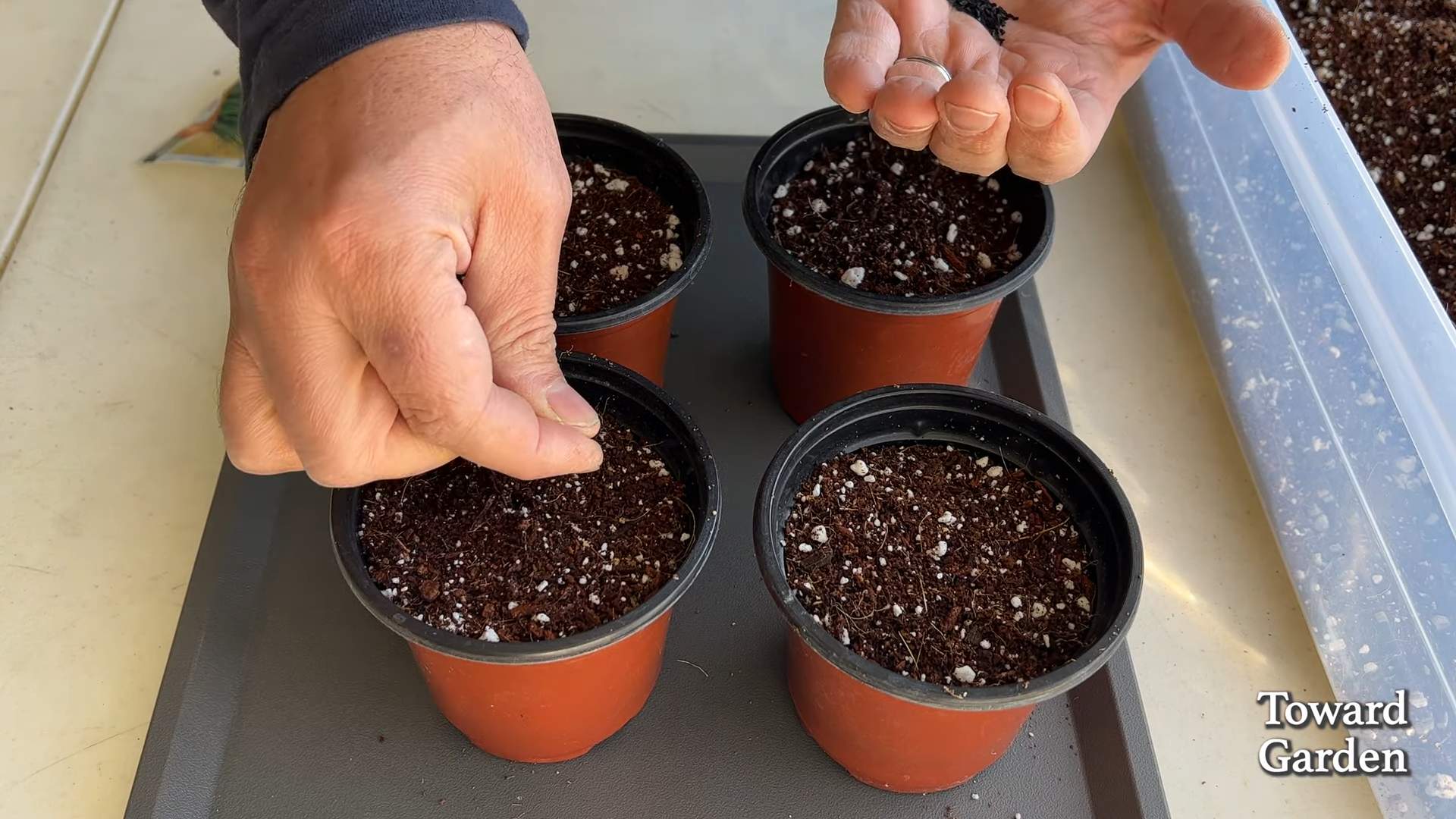
Conclusion
So, there you have it! Growing chives at home is not just a simple gardening task; it’s an investment in flavor, freshness, and a touch of green elegance right at your fingertips. We’ve explored the ease of cultivation, the minimal space requirements, and the incredible versatility of this humble herb. But beyond the practical benefits, there’s a certain satisfaction that comes from nurturing something from seed (or transplant) to table. It’s a connection to the natural world, a small act of self-sufficiency, and a constant source of fresh, flavorful chives ready to elevate your culinary creations.
Why is this DIY trick a must-try? Because it empowers you to control the quality and availability of your chives. No more wilted, overpriced bunches from the grocery store! You’ll have vibrant, flavorful chives whenever you need them, adding a burst of freshness to everything from scrambled eggs and baked potatoes to soups, salads, and dips. Plus, growing your own chives is incredibly cost-effective in the long run.
Consider these variations to personalize your chive-growing experience:
* Garlic Chives: If you enjoy a more pronounced garlic flavor, try growing garlic chives. They have flat leaves and a milder garlic taste than regular garlic cloves, making them a delightful addition to Asian-inspired dishes.
* Container Gardening: If you have limited space, chives thrive in containers. Choose a pot with good drainage and use a high-quality potting mix. This is perfect for balconies, patios, or even a sunny windowsill.
* Indoor Growing: With sufficient sunlight (or a grow light), you can grow chives indoors year-round. This ensures a constant supply of fresh herbs, even during the colder months.
* Companion Planting: Chives are excellent companion plants for many vegetables, including tomatoes, carrots, and cabbage. They help deter pests and improve the overall health of your garden.
We’ve covered the basics, but the real magic happens when you get your hands dirty. Don’t be intimidated if you’re a beginner gardener. Growing chives is incredibly forgiving, and even a small amount of effort will yield rewarding results.
We wholeheartedly encourage you to try this DIY trick. Start small, experiment with different varieties, and discover the joy of harvesting your own fresh chives. Once you experience the difference in flavor and convenience, you’ll never go back to store-bought chives again.
And most importantly, we want to hear about your experience! Share your tips, tricks, and triumphs in the comments below. Let us know what dishes you’re using your homegrown chives in, and any challenges you encountered along the way. Your feedback will not only help other readers but also inspire us to continue sharing valuable gardening tips and tricks. So, grab your seeds, potting mix, and gardening gloves, and get ready to embark on a flavorful adventure! Let’s all enjoy the simple pleasure of growing chives at home.
Frequently Asked Questions (FAQ)
Q: How much sunlight do chives need?
A: Chives thrive in full sun, which means they need at least 6-8 hours of direct sunlight per day. However, they can also tolerate partial shade, especially in hotter climates. If you’re growing chives indoors, place them near a sunny window or use a grow light to supplement natural light. Insufficient sunlight can lead to leggy growth and reduced flavor.
Q: What kind of soil is best for growing chives?
A: Chives prefer well-draining soil that is rich in organic matter. A slightly acidic to neutral pH (around 6.0-7.0) is ideal. You can improve the soil by adding compost, aged manure, or other organic amendments. If you’re growing chives in containers, use a high-quality potting mix specifically formulated for herbs or vegetables. Avoid heavy clay soils, as they can retain too much moisture and lead to root rot.
Q: How often should I water my chives?
A: Water chives regularly, especially during dry periods. The soil should be consistently moist but not waterlogged. Check the soil moisture by sticking your finger about an inch deep. If the soil feels dry, it’s time to water. Avoid overhead watering, as this can promote fungal diseases. Instead, water at the base of the plant. During the winter months, reduce watering frequency.
Q: When and how should I harvest chives?
A: You can start harvesting chives once they reach about 6 inches in height. Use scissors or garden shears to cut the leaves about an inch above the soil level. This encourages new growth and prevents the plant from becoming leggy. Harvest regularly throughout the growing season to maintain a steady supply of fresh chives. You can also harvest the flowers, which are edible and have a mild onion flavor.
Q: How do I propagate chives?
A: Chives can be propagated by seed or by division. To propagate by seed, sow seeds indoors 6-8 weeks before the last frost or directly outdoors after the last frost. To propagate by division, carefully dig up a mature chive plant and divide the clump into smaller sections. Each section should have several healthy shoots and roots. Replant the divisions in separate locations. Division is best done in the spring or fall.
Q: Are chives susceptible to any pests or diseases?
A: Chives are generally pest-resistant, but they can occasionally be affected by aphids, onion thrips, or onion maggots. These pests can be controlled with insecticidal soap or neem oil. Chives can also be susceptible to fungal diseases, such as rust or powdery mildew, especially in humid conditions. To prevent these diseases, ensure good air circulation, avoid overhead watering, and remove any infected leaves.
Q: Can I freeze or dry chives for later use?
A: Yes, chives can be frozen or dried for later use. To freeze chives, wash and chop them, then spread them out on a baking sheet and freeze for a few hours. Once frozen, transfer the chives to a freezer bag or container. To dry chives, spread them out on a baking sheet and dry them in a low oven (170°F) or a dehydrator until they are brittle. Store dried chives in an airtight container in a cool, dark place. Freezing preserves the flavor better than drying.
Q: How can I use chives in cooking?
A: Chives are incredibly versatile and can be used in a wide variety of dishes. They add a mild onion flavor to salads, soups, dips, sauces, eggs, potatoes, and more. Use them as a garnish, mix them into dressings, or add them to cooked dishes at the end of cooking to preserve their flavor and color. Chives pair well with many other herbs and spices, such as parsley, dill, and garlic.
Q: Are chive blossoms edible?
A: Yes, chive blossoms are edible and have a mild onion flavor. They can be used as a garnish in salads or other dishes. You can also infuse vinegar or oil with chive blossoms for a unique flavor. The blossoms are most flavorful when they are freshly opened.
Q: My chives are flowering. Should I cut off the flowers?
A: It depends on your preference. Allowing chives to flower will attract pollinators to your garden, which is beneficial for other plants. However, flowering can also reduce the plant’s energy and leaf production. If you want to maximize leaf production, cut off the flowers as soon as they appear. You can also harvest the flowers for culinary use.

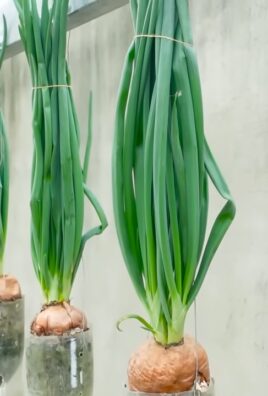
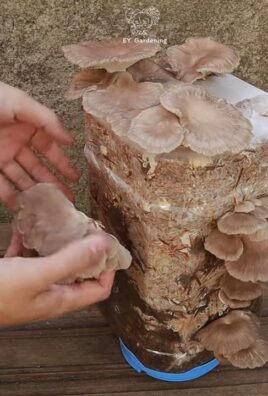
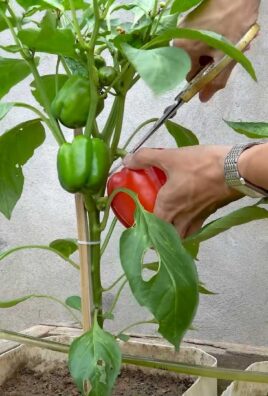
Leave a Comment